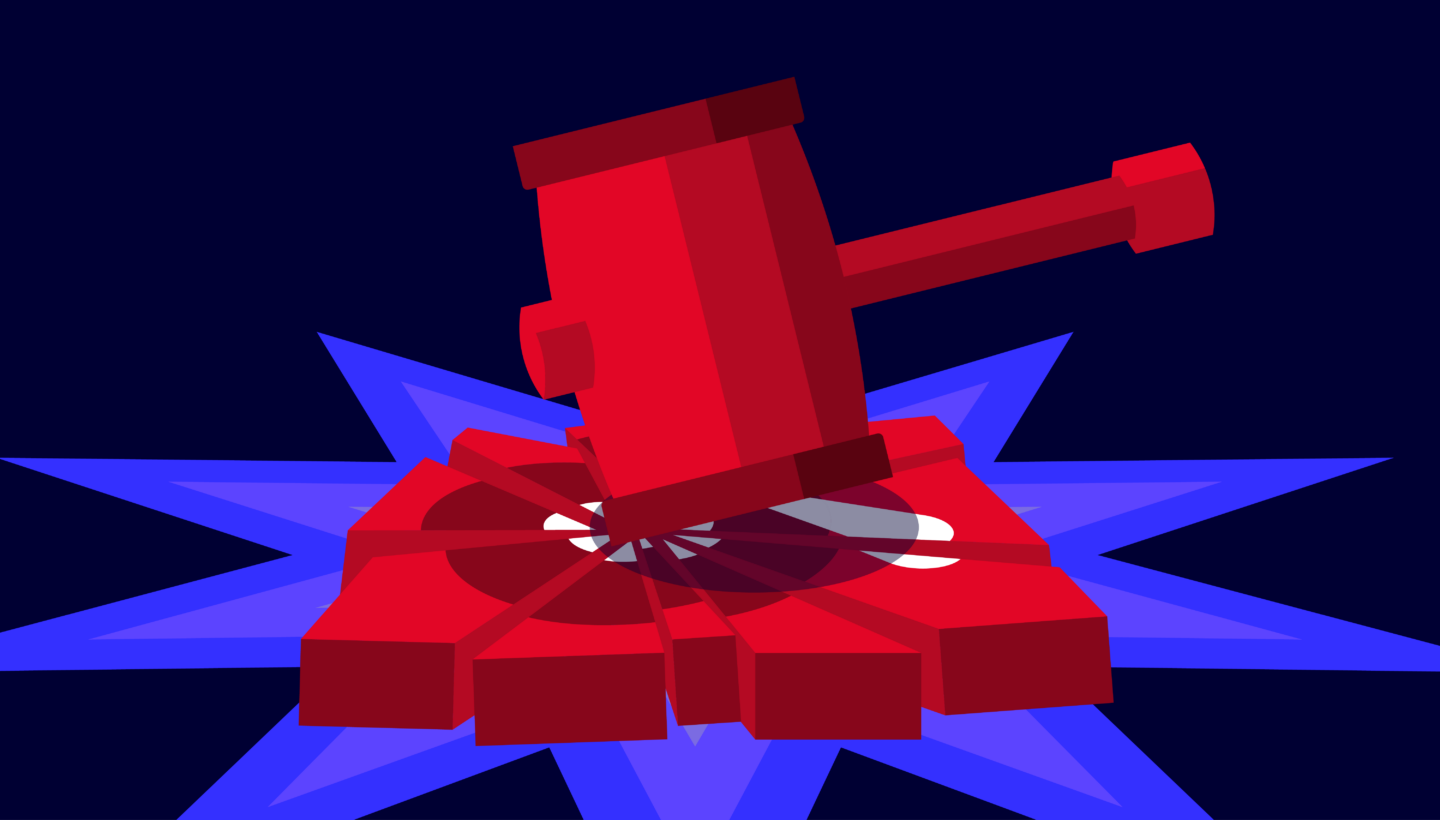
Erasing data from old devices is important, but it doesn’t have to be boring. Sure, you could just encrypt the data, wipe your drive, and so on, but you can also physically destroy a drive in a myriad of exciting ways. In honor of the United State’s favorite day to celebrate with explosives, let’s talk about not-so-standard ways to get rid of old data (permanently).
Know Your Device
Effective data destruction starts with good planning. When you’re looking at how to securely erase your data, there are different options for hard disk drives (HDDs) and solid state drives (SSDs).
With an HDD, spinning disks are encased in a steel enclosure. In order to do sufficient levels of damage, it’s helpful to get through this steel layer first. Once you’re in, you can drill holes in it, wash it in acid, or shred it.
With an SSD, it’s not just recommended to get through that steel layer, it’s almost essential. SSDs are more resilient because data is stored magnetically. So, pull out that screwdriver, shuck that drive like an oyster, and expose your SSD. If you’re going the physical destruction route, make sure that you’re shredding with a narrow enough width that no forensic scientist can humpty-dumpty your data together again.
Have a Blast
We do have a Sr. Infrastructure Software Engineer who’s gone on record recommending explosives. Note that while we don’t doubt the efficacy, we can’t recommend this option. On the other hand, we’re big fans of bots that smash things.
Destroy Responsibly
We could be accused of overcomplicating things. It’s very effective to wipe your device, or just encrypt your data. Here’s a list of some more extensive articles on the subject that include those options:
- How to Wipe a Windows PC SSD or Hard Drive
- How to Securely Recycle or Dispose of Your SSD
- How to Wipe a Mac Clean
But, if you want more peace of mind that the data isn’t coming back—maybe you’re one of the protagonists of Dead to Me?—destroy responsibly.


